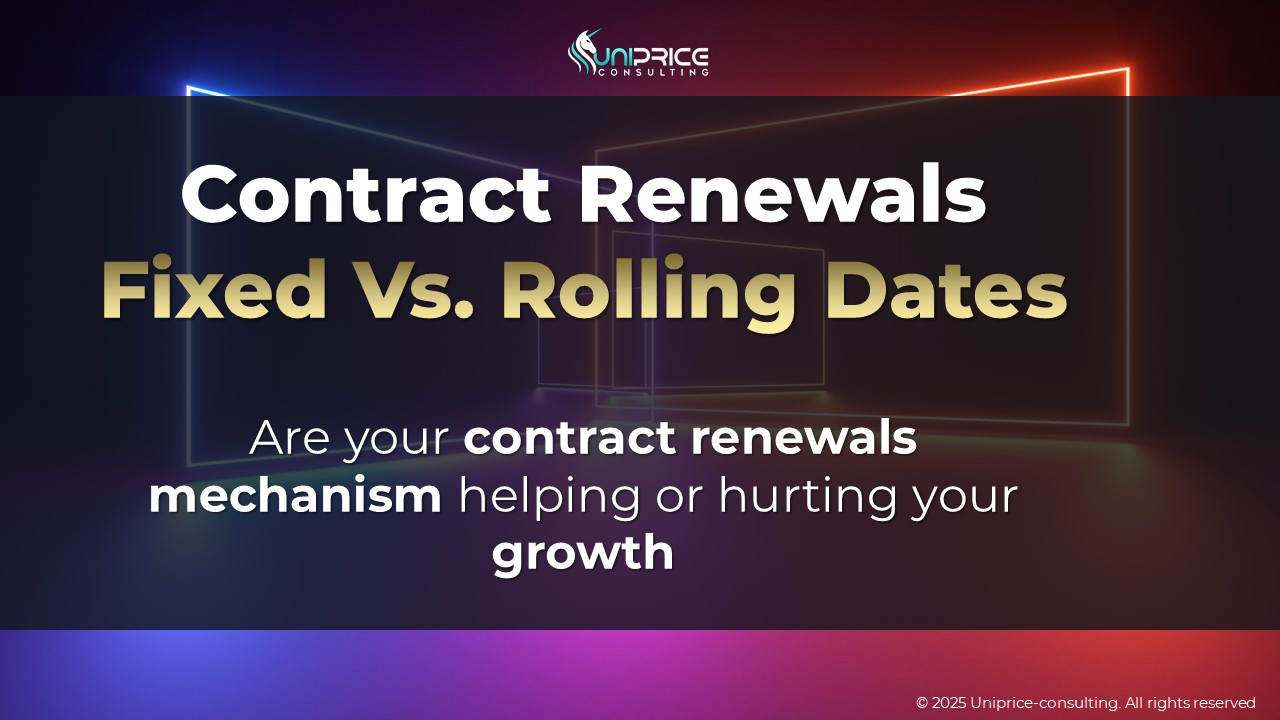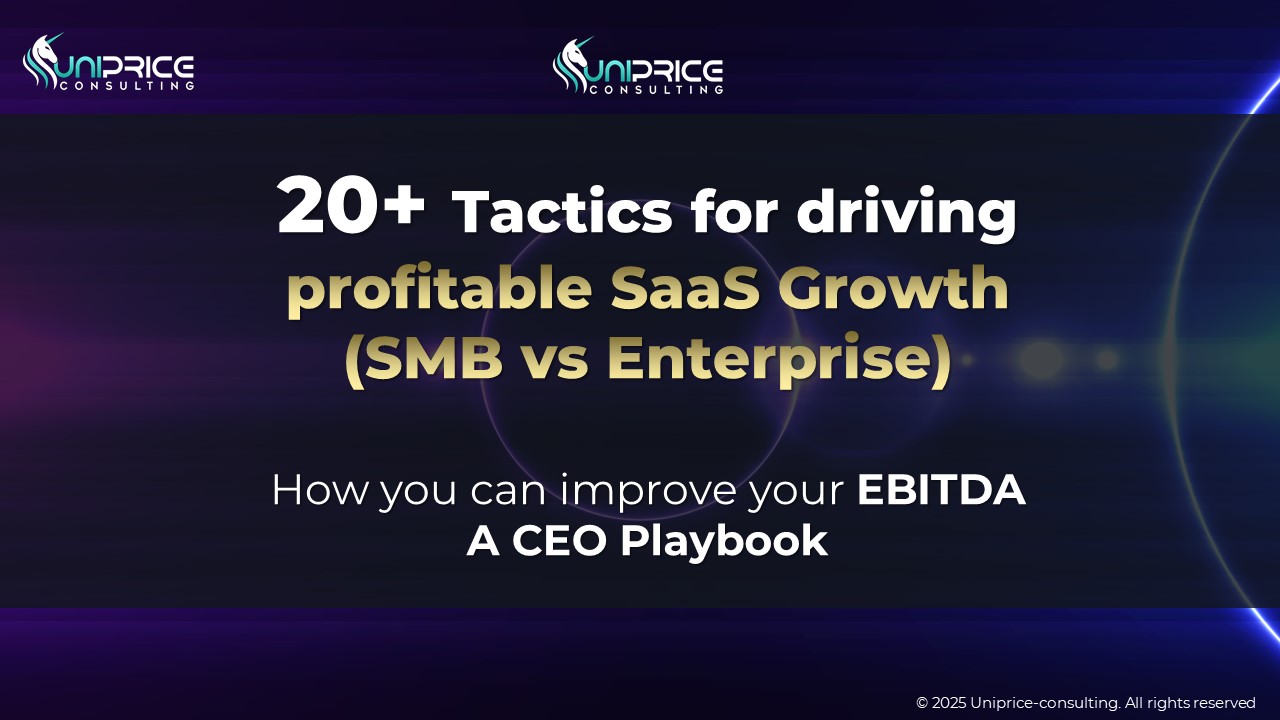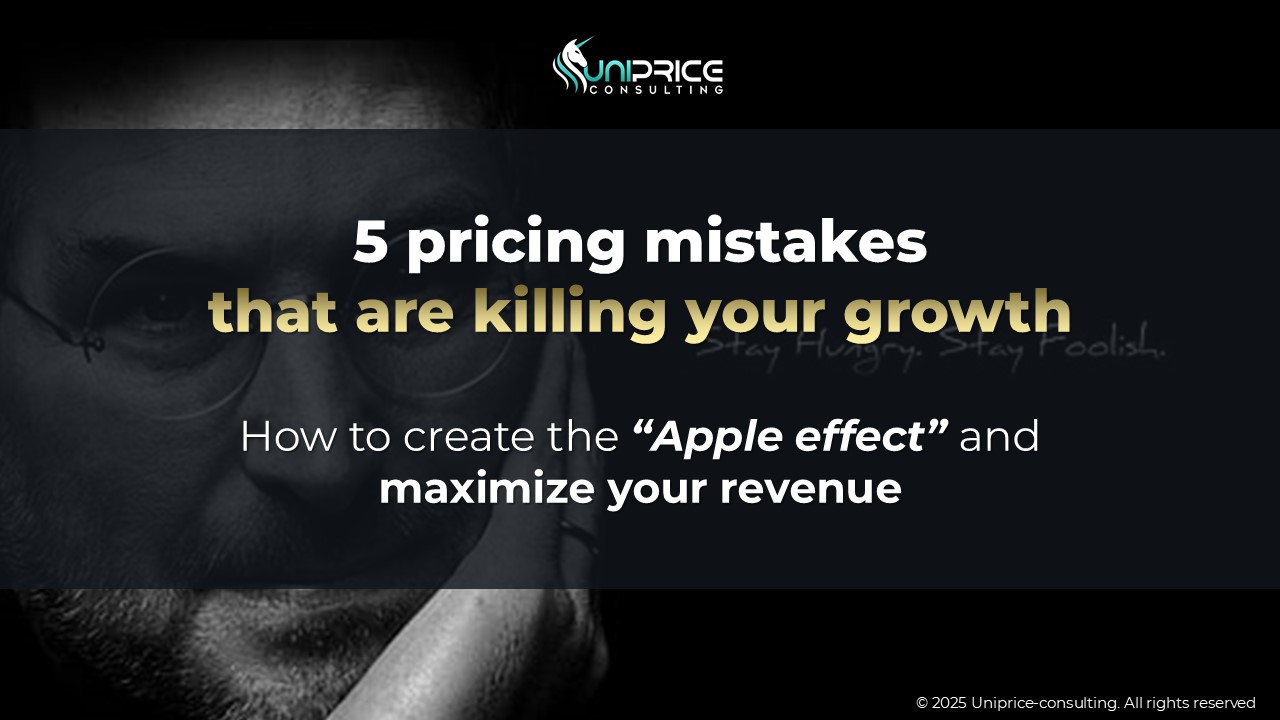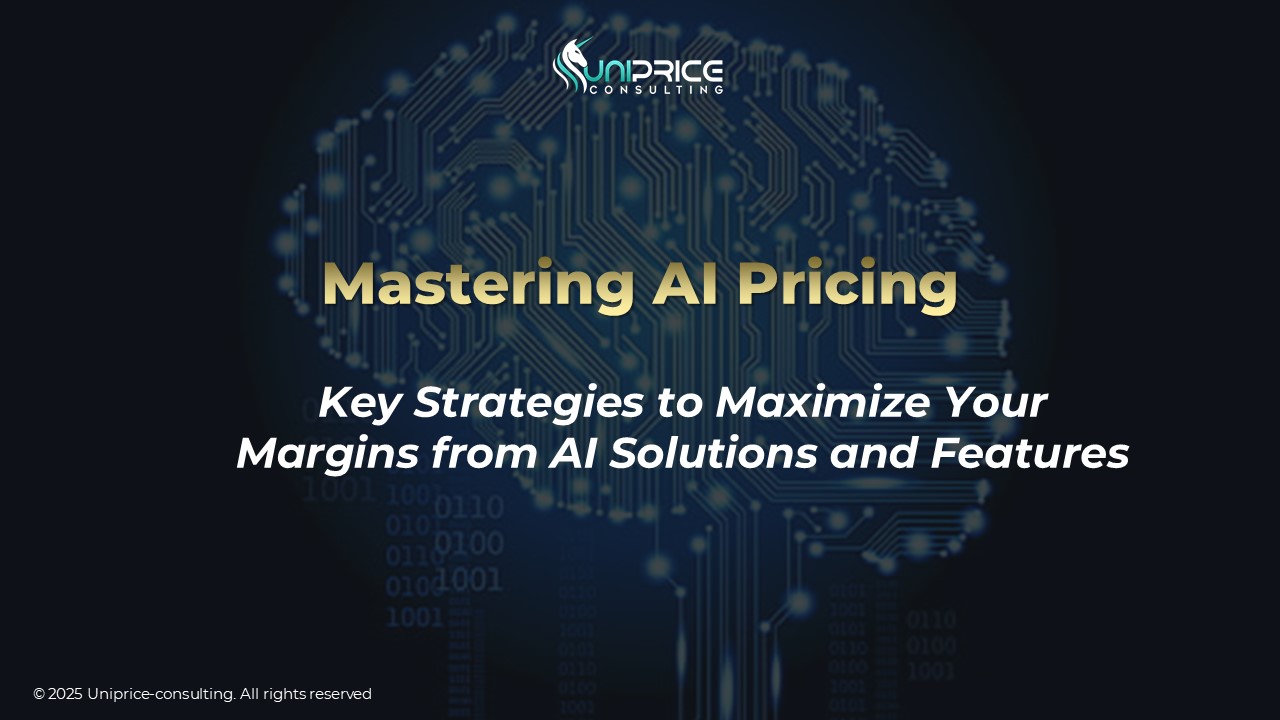Your pricing strategy is not just a number on a page—it is the economic engine of your entire SaaS business. The pricing model you choose profoundly affects everything from customer acquisition and adoption to expansion revenue and cash flow.
Recent research from OpenView shows that companies that regularly optimize their pricing see 10-15% higher revenue growth compared to those that do not. Yet, 70% of SaaS companies admit they rarely revise their pricing architecture.
In 2025, as customer acquisition costs (CAC) continue to rise and investors demand efficient growth, choosing the right pricing model is more critical than ever. This article explores the four primary SaaS pricing models, their business impact, and how to determine the best approach for your company.
Understanding the Four Primary SaaS Pricing Models
Each pricing model has distinct advantages and limitations. The right choice depends on how customers derive value from your product and your company’s long-term revenue goals.
1. License-Based Pricing: Predictable Revenue, Limited Expansion
License-based pricing involves charging a flat fee for a defined period, typically annually, in exchange for access to the software.
Example: Adobe Creative Cloud Enterprise offers fixed-price annual licenses that grant access to all their creative applications.
Business Impact:
- Companies using license-based models typically see 15-20% lower CAC, as sales efforts focus on securing annual commitments.
- However, they experience 40% lower expansion revenue on average compared to usage-based models.
Best Fit For:
- Enterprise software with predictable usage patterns
- Compliance and security-focused solutions
- Industries with annual budgeting cycles
Key Considerations:
- High upfront costs may slow adoption
- Limited expansion potential beyond annual renewals
- Provides excellent cash flow predictability
2. User-Based Pricing: Scales with Adoption but Can Limit Growth
User-based pricing charges customers per seat or active user, typically on a monthly or annual basis.
Example: Slack charges between $7.25 and $12.50 per user per month, depending on the selected plan.
Business Impact:
- User-based models achieve 28% higher initial conversion rates due to their simplicity.
- However, they experience 1.7x higher churn rates when companies implement cost-cutting measures.
Best Fit For:
- Collaboration and productivity tools
- CRM and sales enablement platforms
- HR and employee management software
Key Considerations:
- Companies often restrict user access to control costs
- Large customers expect volume discounts, reducing profitability
- Provides a natural expansion path as organizations grow
3. Usage-Based Pricing: Perfect Value Alignment but Less Predictability
Usage-based pricing allows customers to pay based on actual consumption, such as API calls, storage, or compute time.
Example: Twilio charges customers based on the number of messages sent, voice minutes used, or API calls made.
Business Impact:
- Companies using usage-based pricing grow 38% faster than those relying purely on subscription models (OpenView, 2024).
- They also see 25% higher Net Dollar Retention (NDR) than subscription-only businesses.
Best Fit For:
- Infrastructure and developer tools
- Data processing and analytics platforms
- Communication APIs and services
Key Considerations:
- Revenue is harder to predict
- Customers may experience “bill shock” from unexpected usage
- Ideal for product-led growth (PLG) strategies
4. Credit-Based Pricing: Flexible Usage with Upfront Commitment
Credit-based pricing allows customers to pre-purchase credits, which can be used across various features or services.
Example: HubSpot’s Marketing Hub uses credits for actions such as SMS sends or additional automation workflows.
Business Impact:
- Credit-based models improve cash flow by 30-40% through upfront purchases.
- They also achieve 22% higher customer satisfaction due to flexible usage without monthly surprises.
Best Fit For:
- Marketing automation platforms
- AI/ML services with variable processing needs
- Multi-product SaaS platforms
Key Considerations:
- Requires transparent credit consumption tracking
- Can create complexity in customer forecasting
- Provides flexibility while securing upfront commitment
How to Choose the Right Pricing Model for Your Business
The best pricing model depends on four key factors:
1. Value Alignment
Align pricing with how customers derive value from your product.
- If value increases with usage, a usage-based model is ideal.
- If value comes from widespread adoption within an organization, a user-based model makes sense.
2. Market Expectations
Your industry likely has established pricing norms.
- Enterprise security software typically follows a license-based model.
- Developer and infrastructure tools often use usage-based pricing.
3. Growth Strategy
Different pricing models align with different growth objectives:
- To maximize new customer acquisition, usage-based pricing reduces entry friction.
- To focus on enterprise expansion, user-based models scale naturally with customer headcount.
- To maintain predictable revenue, license-based models offer financial stability.
4. Financial Considerations
- If stable cash flow is a priority, license-based annual payments are ideal.
- If aligning costs with revenue is essential, usage-based pricing scales dynamically.
- If fundraising is planned, predictable revenue models are more attractive to investors.
Hybrid Pricing Models: Combining the Best of Both Worlds
The most sophisticated SaaS companies are now adopting hybrid pricing models that blend elements of different approaches. According to OpenView, 63% of SaaS companies now use hybrid pricing, up from 48% in 2022.
Common Hybrid Approaches Include:
- Base subscription + usage-based overages: A fixed fee with variable pricing for overage consumption.
- Example: Algolia offers a set number of searches in its base plan, with additional usage billed separately.
- User-based tiers with feature gating: Pricing scales with the number of users, but higher tiers unlock premium functionality.
- Example: Monday.com charges per user but limits automation capabilities on lower tiers.
- Credits + subscription hybrid: Customers pay a subscription for core features and purchase credits for high-value functionalities.
- Example: HubSpot charges subscription fees while requiring credit purchases for premium services.
Hybrid models allow businesses to capture the benefits of multiple pricing strategies while mitigating their limitations. However, they require careful structuring to avoid complexity that confuses potential customers.
SaaS Pricing Strategy Best Practices
Regardless of the pricing model chosen, following these best practices will maximize success:
- Start simple and introduce complexity gradually—companies with overly complex pricing see 30% lower conversion rates.
- A/B test pricing changes before full rollout—experiments help refine pricing without major risk.
- Track key metrics—conversion rates, CAC, ARPU, NDR, and CLV should all inform pricing strategy.
- Manage pricing transitions carefully—forcing existing customers to migrate immediately can triple churn rates.
The Future of SaaS Pricing
The SaaS pricing landscape continues to evolve, with emerging trends shaping the future:
- Outcome-based pricing: Companies are shifting towards models that charge customers based on actual business impact.
- AI-powered dynamic pricing: Advanced algorithms adjust pricing in real-time based on demand, usage, and competition.
- Vertical-specific pricing models: SaaS solutions are increasingly aligning pricing with industry-specific value metrics.
Conclusion: Pricing Strategy Is Never “Set and Forget”
The most successful SaaS companies treat pricing as an ongoing experiment, continuously refining their models to align customer value with business performance.
Companies that review and adjust their pricing at least annually grow 30% faster than those with static models.
Choosing the right pricing model is just the beginning—adapting and optimizing over time is what drives long-term SaaS growth.
Lyas Driad
CEO








